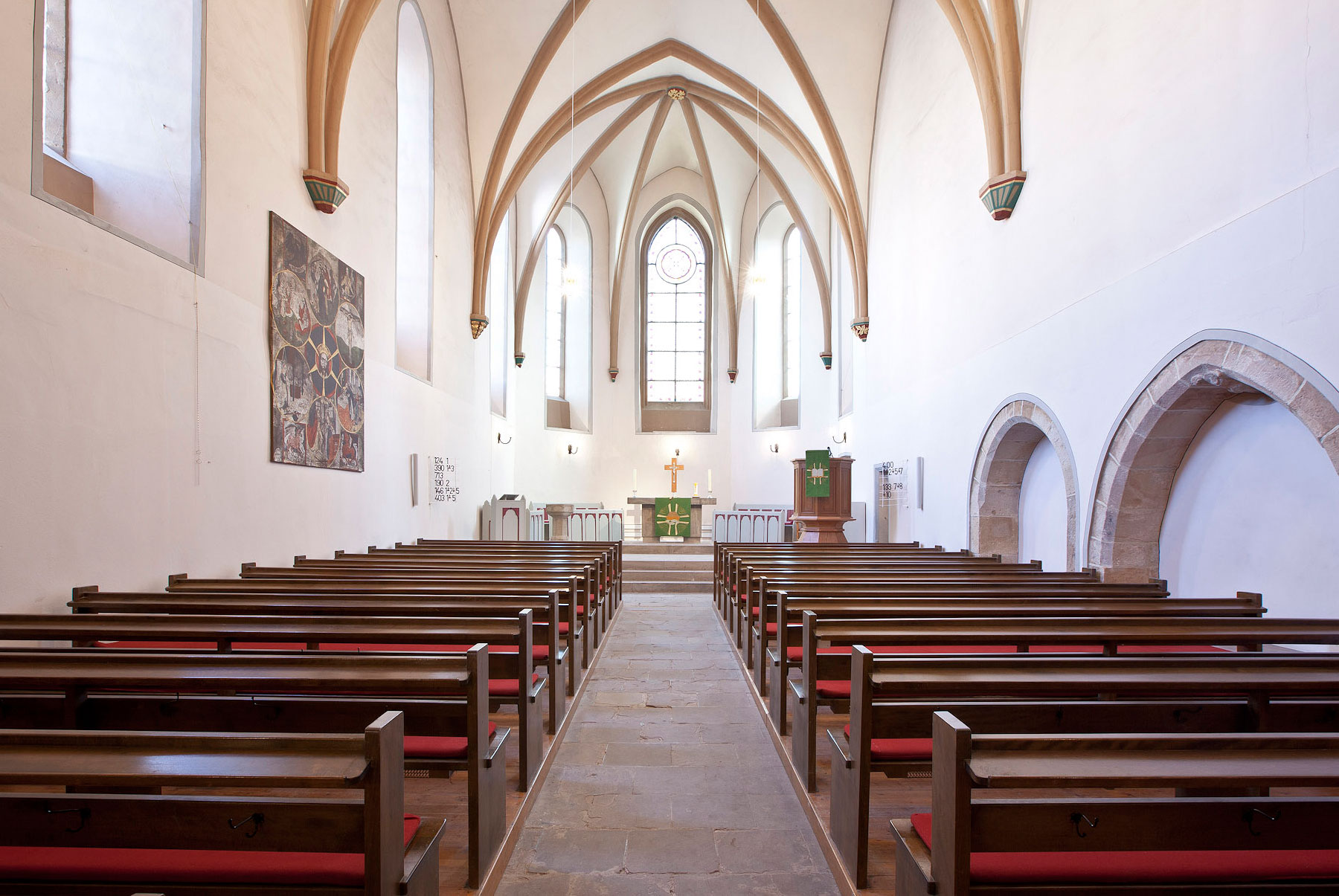The history of the monastery Haydau began gustily: The foundation "Um die Heide" went to the Cistercian order as penance for the plunder of the city Fritzlar in 1235. Gertrude von Leimbach was the first abbess in Haydau, who was very close to the holy Elisabeth. Due to her and her successors, the monastery quickly became the intellectual, cultural and economic center of the Fulda valley.
The monastery Haydau was closed after the reformation in 1527 and it was reconstructed into a hunting lodge by the hessian Landgrave. Landgrave Moritz had the magnificent Engelsaal built in the south of the building at the beginning of the 17th century, Landgrave Karl reconstructed and built the Orangery in 1685.
From 1830 onwards, Haydau served as a hessian spa domain and later on as agricultural research institute. A dairy moved into the south part of the building, steam machines and centrifuges were standing in the Refectory. The estate threatened to decay after 1940 - the extensive renovation and refurbishment only began in 1985. Today the monastery Haydau is known as one of the best kept Cistercian monasteries in Germany.
Use the opportunity to get to know more about the history of the monastery in our “small monastery guide” as well as in our exhibition of the friends of the monastery Haydau in the monastery vault.
www.klosterhaydau.de

